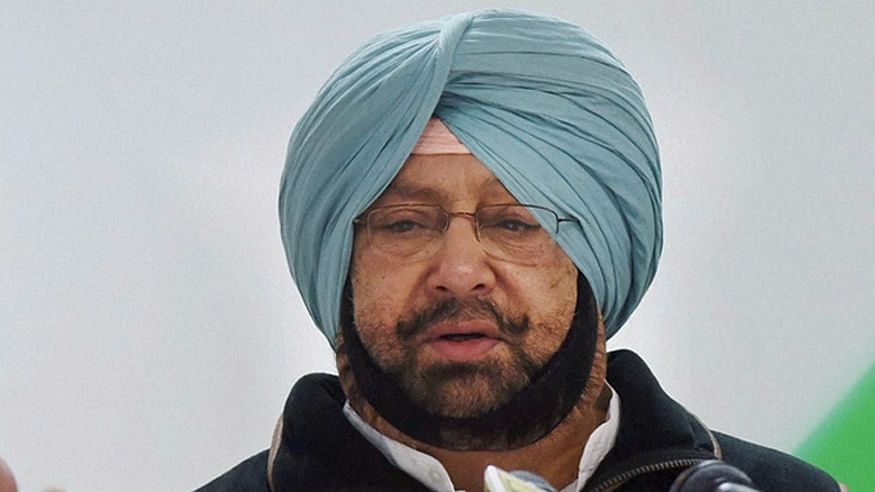
Sutlej-Yamuna Link: Amarinder’s bluntness has historical perspective

When Punjab Chief Minister Amarinder Singh told the Centre that the Sutlej-Yamuna Link (SYL) Canal issue should be seen from the national security perspective and that Punjab would burn if the Centre went ahead with it, he was not wide off the mark.
The Punjab agitation in the early eighties began soon after then Prime Minister Indira Gandhi laid the foundation stone for the canal near Kapuri village in Patiala district. What followed next was ‘Dharam Yudh’ triggered by Shiromani Akali Dal in 1982, which plunged the state into a vicious spiral of violence.
The festering river water dispute is one among several such rows across the country. The most controversial are the Cauvery water row involving Tamil Nadu, Kerala and Karnataka and the Mullaperiyar dam water-sharing where Tamil Nadu and Kerala have crossed swords. All these disputes are with the apex court, and a resolution seems difficult given the intransigence of the states involved.
Amarinder’s comment on Tuesday came after a meeting convened by the Jal Shakti ministry. It was also attended by Haryana CM Manohar Lal Khattar and Union Jal Shakti Minister Gajendra Singh Shekhawat. The meeting was at the behest of the Supreme Court which directed the Centre on July 28 to mediate between the two states to discuss the completion of the canal.
Money goes down the drain
Since the early eighties, the SYL issue has surfaced frequently without any resolution. Meanwhile, the Centre through Punjab spent ₹700 crore till 2004 to construct the canal. However, you have a situation where the canal is almost ready, but there is no water in it!
The 212km-long canal, which commences from near Anandpur Sahib in Punjab and enters Haryana at Kapuri village at Rajpura, has been taken over by wild growth at several places.
The Punjab CM on Tuesday (August 18) told the Centre that after the division of Punjab in 1966, all assets of ours were shared on a 60:40 basis, except water, because they included the water of the Ravi, Beas and Sutlej, but not the Yamuna.
“I have suggested that they should include the water of Yamuna also and then divide it on a 60:40 basis,” Singh said.
His Haryana counterpart ML Khattar, who along with Shekhawat, joined the meeting from Delhi, said that both the CMs expressed their views on the issue and a second round of talks will take place soon.
Security & emotional issue
It will be an oversimplification to link Amarinder’s statement to the state Assembly polls, which are due in early 2022. It would be worth recalling as to why Punjab stopped the canal work despite a tripartite agreement among Punjab, Haryana and Rajasthan on December 31, 1981.
The then SS Barnala-led SAD government began the work and 90 per cent of it was completed, costing around ₹700 crore. But then militants gunned down two senior engineers and 35 labourers working on the canal.
On November 23, 1990, Haryana asked the Centre to hand over the work to one of its agencies. The Border Roads Organisation, was roped in, but so far not a brick has been laid since. In September 1996, Haryana filed a plea in the Supreme Court, seeking directions for Punjab to complete the canal.
In 2004, the Punjab Assembly Passed the Punjab Termination of Agreements Act abrogating all its river water pacts with the neighbouring states. In early 2017, Punjab returned the land — on which canal was to be constructed — to the landowners.
Things stood there amid political posturing and legal wrangles until July 28 this year when the Supreme Court on Tuesday asked the Chief Ministers of Punjab and Haryana to attempt a negotiated settlement.
Haryana has stuck to its stance that its share of 3.5 million acre-feet (MAF) in the Ravi and Beas waters and the completion of the canal are absolutely non-negotiable. At present, Haryana gets 1.62 MAF of Ravi and Beas waters. Punjab, on the other hand, is furthering an argument that the volume of water available in its rivers has drastically reduced over the years.


